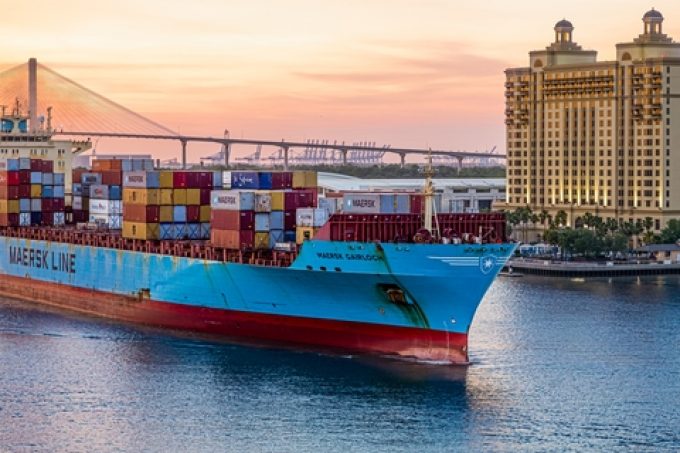CMA CGM's $20bn US pledge: all fur coat and no knickers
Is Macron at the helm?

Maersk’s new regional president for North America, Charles van der Steene, has advised US shippers to “know your best alternative” in the American market.
Writing ahead of the S&P Global TPM24 conference in Long Beach California next week, he said: “I don’t have to tell you we’re operating in a world peppered with supply chain disruptions – Red Sea, Panama Canal, east coast ILA labour negotiations.
“I’ve heard these concerns from many of our customers,” he said in Maersk’s February North America ...
'Disastrous' DSV-Schenker merger would 'disrupt European haulage market'
'To ship or not to ship', the question for US importers amid tariff uncertainty
'Chaos after chaos' coming from de minimis changes and more tariffs
List of blanked transpac sailings grows as trade war heats up and demand cools
EC approves DSV takeover of DB Schenker
Shippers in Asia restart ocean shipment bookings – but not from China
Forto 'sharpens commercial priorities' as it lays off one-third of staff
India withdraws access for Bangladesh transhipments, in 'very harmful' decision
'Tariff hell' leaves industries in limbo – 'not a great environment to plan'
Temporary tariff relief brings on early transpacific peak season
Pre-tariff rush of goods from US to China sees air rates soar, but not for long
De minimis-induced ecommerce demand slump could cripple freighter operators
Asian exporters scramble for ships and boxes to beat 90-day tariff pause
Forwarders 'allowing the fox into the chicken run' by supporting 'hungry' carriers
Hapag 'took the bigger risk' when it signed up to Gemini, says Maersk
'Restoring America's maritime dominance' – stop laughing at the back of the class

Comment on this article